On the first day of Christmas, a farmgirl sent to me:
A full year of MaryJanesFarm!

On the second day of Christmas, a farmgirl sent to me:
Two Mossy Wreaths and a full year of MaryJanesFarm.

On the third day of Christmas, a farmgirl sent to me:
Three Rag Dolls, two Mossy Wreaths, and a full year of MaryJanesFarm.
 On the fourth day of Christmas, a farmgirl sent to me:
On the fourth day of Christmas, a farmgirl sent to me:
Four Jars of Jam, three Rag Dolls, two Mossy Wreaths, and a full year of MaryJanesFarm.
 On the fifth day of Christmas, a farmgirl sent to me:
On the fifth day of Christmas, a farmgirl sent to me:
Five Felt Cupcakes, four Jars of Jam, three Rag Dolls, two Mossy Wreaths, and a full year of MaryJanesFarm.

On the sixth day of Christmas a farmgirl sent to me:
Six Yo-Yo Pillows, five Felt Cupcakes, four Jars of Jam, three Rag Dolls, two Mossy Wreaths, and a full year of MaryJanesFarm.

On the seventh day of Christmas, a farmgirl sent to me:
Seven Orchard Farm soaps, six Yo-Yo Pillows, five Felt Cupcakes, four Jars of Jam, three Rag Dolls, two Mossy Wreaths, and a full year of MaryJanesFarm.

On the eighth day of Christmas, a farmgirl sent to me:
Eight Milk Cow Kitchens (pass ’em all around!), seven Orchard Farm soaps, six Yo-Yo Pillows, five Felt Cupcakes, four Jars of Jam, three Rag Dolls, two Mossy Wreaths, and a full year of MaryJanesFarm.

On the ninth day of Christmas, a farmgirl sent to me:
Nine crocheted snowflakes, eight Milk Cow Kitchens (pass ’em all around!), seven Orchard Farm soaps, six Yo-Yo Pillows, five Felt Cupcakes, four Jars of Jam, three Rag Dolls, two Mossy Wreaths, and a full year of MaryJanesFarm.
 On the tenth day of Christmas a farmgirl sent to me:
On the tenth day of Christmas a farmgirl sent to me:
Ten Clothespin Apron Patterns, nine crocheted snowflakes, eight Milk Cow Kitchens (pass ’em all around!), seven Orchard Farm soaps, six Yo-Yo Pillows, five Felt Cupcakes, four Jars of Jam, three Rag Dolls, two Mossy Wreaths, and a full year of MaryJanesFarm.
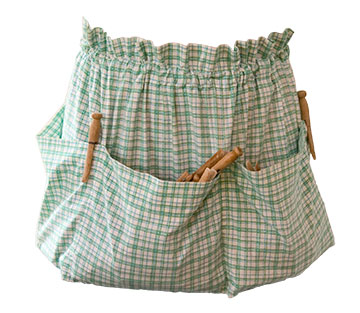
On the eleventh day of Christmas, a farmgirl sent to me:
Eleven Scrappy Hotpads, ten Apron Patterns, nine crocheted snowflakes, eight Milk Cow Kitchens (pass ’em all around!), seven Orchard Farm soaps, six Yo-Yo Pillows, five Felt Cupcakes, four Jars of Jam, three Rag Dolls, two Mossy Wreaths, and a full year of MaryJanesFarm.
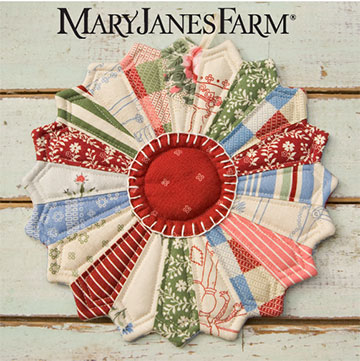
On the twelfth day of Christmas, a farmgirl sent to me:
Twelve Tin Can Snowflakes, eleven Scrappy Hotpads, ten Apron Patterns, nine crocheted snowflakes, eight Milk Cow Kitchens (pass ’em all around!), seven Orchard Farm soaps, six Yo-Yo Pillows, five Felt Cupcakes, four Jars of Jam, three Rag Dolls, two Mossy Wreaths, and a full year of MaryJanesFarm.



















































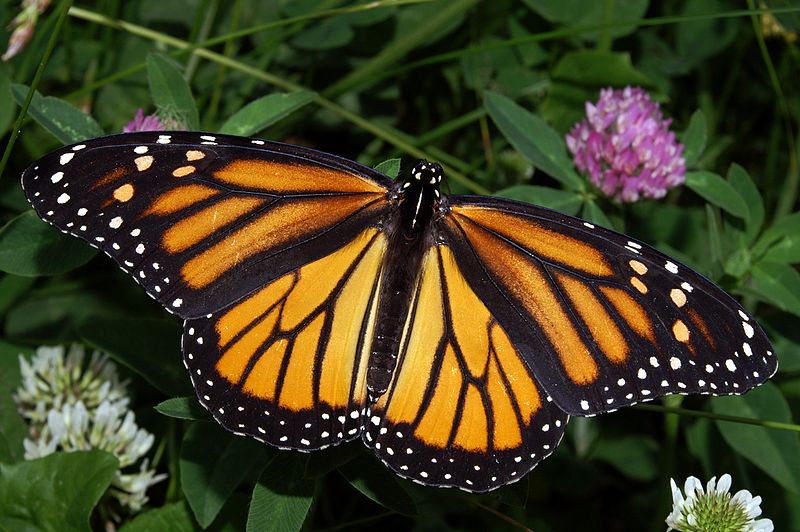




 On the fourth day of Christmas, a farmgirl sent to me:
On the fourth day of Christmas, a farmgirl sent to me: On the fifth day of Christmas, a farmgirl sent to me:
On the fifth day of Christmas, a farmgirl sent to me:















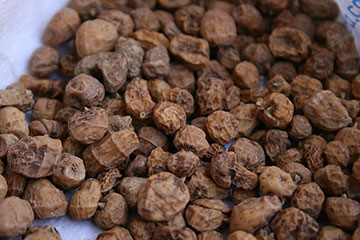









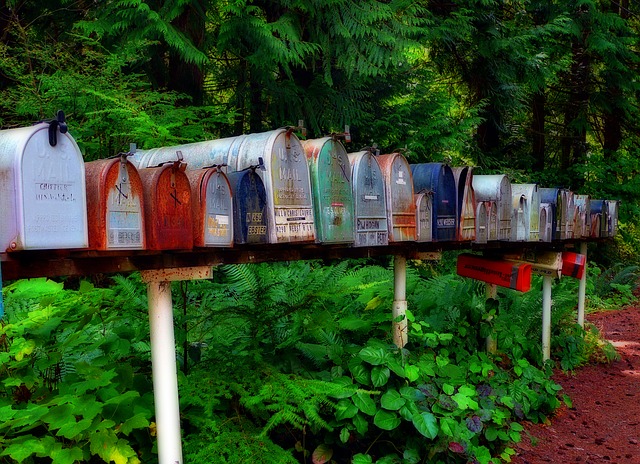

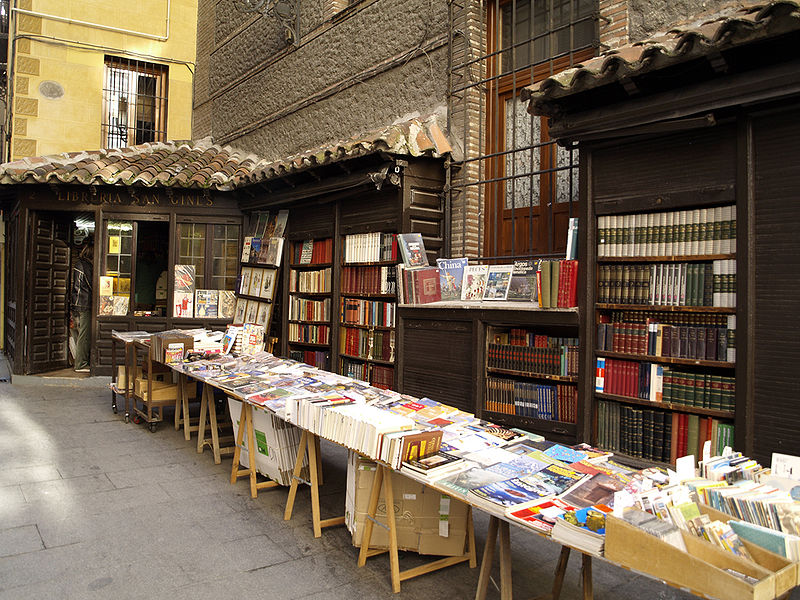











This is incredible. What a great idea and it amazes me that the bees are so calm that he doesn’t get stung when taking about their house and touching them. It makes sense to me that Gunther’s idea could be a potential solution for saving bees from colony collapse. With frightening statistics lately of the number of bees that die every year, we must find a solution for their well being and continuation. This hive looks very simple and inexpensive too. I will be keeping an eye open for hearing how it all is working out for helping save our bees. Thanks for a wonderful morning science class at MJF!!
Gunther has the best bee karma in the world! maybe because they are so happy they don’t sting him?
amazing story and concept, and thanks for sharing this story with us farmgirls, MaryJane .
This post made me hungry for honey so I got out my prized rare sourwood honey.
here is what Ark of Taste says about it:
Sourwood Honey
Oxydendrum arboreum
Most honey is made by bees. But sourwood is made by bees and angels. – Carson Brewer, writer
Sourwood honey is so rare that a good crop sometimes only surfaces once every decade. Yet, its deep, spicy flavor makes it sought after by honey connoisseurs everywhere. The honey’s scarcity can be attributed to the very small amount of sourwood trees currently growing. The medium-height tree is indigenous to the United States and grows from southern Pennsylvania to northern Georgia. It is also known as sorrel and lily-of-the-valley. It typically blooms from June to August, providing a small window of time in which beekeepers can bring their colonies to collect nectar from the flowers.
The bloom period is quite short and beekeepers must time themselves accordingly in order to ensure that the bees do not harvest any nectar from other flowering plants. If the bees are brought to the area too soon, they will harvest from the sumac trees that bloom before the sourwood and if they are brought too late, they will miss the beginning of the flow of nectar.
If the honey is produced with the expertise of a skilled beekeeper, the taste has no parallel. Its flavor is floral and light with hints of baking spices and anise. The honey’s color ranges from pure white to light amber with a slightly gray tint and its texture is defined by a smooth, caramel buttery quality. People sometimes liken the flavor to gingerbread and note a “twang” in the aftertaste.
The parameters for classifying the honey are very strict; if it has even small percentages of other varietals it cannot be sold as sourwood. Because purity is key, beekeepers must be trained to have great critical timing skills and attention to detail. Yet even with this expertise, the production of sourwood honey is still a great challenge. The duration of the bloom season is very sensitive to rainfall and the trees need adequate sunlight in order to produce nectar, which can be difficult because sourwood trees are often shorter than the tress that surround them. If the weather patterns are not conducive to good blooming, the producer cannot make the honey for that year.
While production is inherently challenging, other factors currently conspire to make it even more so. The sourwood tree population, already limited, is constantly threatened by development. Colony Collapse Disorder also presents a threat. While this widespread and mysterious phenomenon has yet to affect the bee-colonies, an episode could destroy small-scale producers, driving them to less-sustainable, market-driven practices.
Many honey connoisseurs today agree that Sourwood is the best tasting honey available. Its syrupy, spicy flavor is impossible to find in other varieties. Furthermore, its limited region, season, and supply make it a rare treat and a regional specialty prized for its true distinctiveness.
Fascinating! I liked how he talked to them. I know the bees were so busy, they didn’t even notice him, but I appreciated the TLC he showed them. I agree with Winnie, that this might be a helpful method of preserving our humble bees.